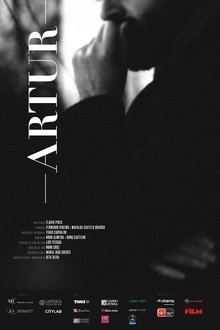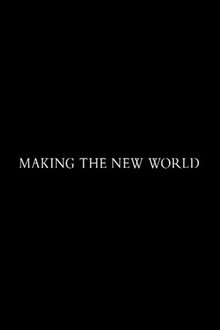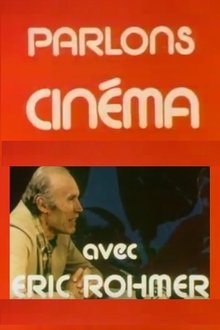Great filmmakers claim the artistic influence of French director Henri-Georges Clouzot (1907-1977), a master of suspense, with a unique vision of the world, who knew how to offer both great shows and subtle studies of characters. Beyond the myth of the tyrannical director, a contrasting portrait of a visionary, an agitator, an artist against the system.
Related Movies

The Lost Body of Alibech (2005)
Documentary about a lost sequence from Pier Paolo Pasolini's 1971 film "The Decameron".
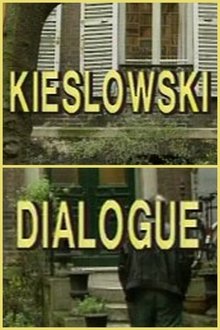
Kieslowski: Dialogue (1991)
Documentary featuring a candid interview with Kieślowski and rare behind-the-scenes footage from the set of The Double Life of Véronique
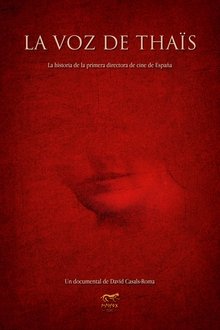
The Voice of Thaïs (2022)
Clara Mingueza, an actress from Barcelona, sets out to move the mortal remains of Elena Jordi (1882-1945), vaudeville star, actress and the first woman director of Spanish cinema, to her hometown, while trying to find a copy of Thaïs, the only film she directed.

Auge in Auge - Eine deutsche Filmgeschichte (2008)
This is not merely another film about cinema history; it is a film about the love of cinema, a journey of discovery through over a century of German film history. Ten people working in film today remember their favourite films of yesteryear.
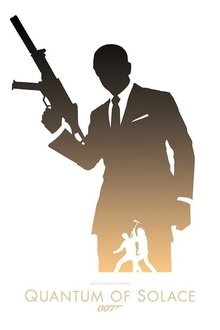
Start of Shooting (2009)
The short piece shows what the cast and crew did on the first day of production but mostly just serves as an overview of general movie-making bits.

Olga Kurylenko and the Boat Chase (2009)
The short piece includes statements from Forster, Kurylenko, Powell, and Craig. This one focuses on the new Bond girl and her stunt work.

Director Marc Forster (2009)
The short piece gives us info from Forster, Craig, Arterton, Almaric, Kurylenko, and Wilson. All involved tell us of Forster's greatness.

On Location (2009)
The short piece features remarks and footage from Forster, Wilson, Bradley, Evans, Kurylenko and Arterton.

Pasolini and the Secret Humiliation of Chaucer (2006)
Documentary about the making of Pier Paolo Pasolini's The Canterbury Tales (1972), and particularly focusing on the many edits and cut scenes that were made before the film's release.

Welcome to Lynchland (2025)
Creator of absolute freedom, David Lynch constructed his work as an enigma to be deciphered between dream and reality. A cult director from his first films ("Eraserhead", "Elephant Man", "Blue Velvet"), Lynch forever changed the world of television with his series "Twin Peaks", before tackling the lies of Hollywood in "Mulholland Drive". Tracing the life of the most influential filmmaker of his generation, this documentary explores the hidden meaning of a relentlessly consistent filmography and delves beneath the dark, teeming surface of the American Dream.

Spider-Man 2: Making the Amazing (2004)
A comprehensive 12-part documentary on the making of "Spider-Man 2," covering everything from pre-production to premiere.

Ermanno Olmi: The Roots of the Tree (1981)
Documentary about Italian film director Ermanno Olmi, with emphasis on "The Tree of Wooden Clogs".
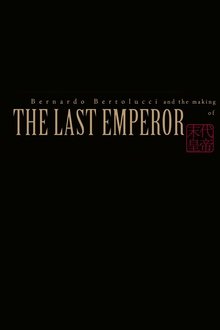
Bernardo Bertolucci and the Making of 'The Last Emperor' (1988)
Documentary about the making of the film first presented on the British television series "The South Bank Show".
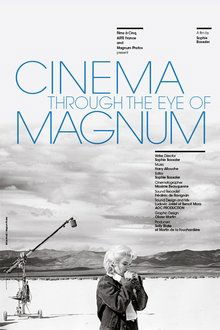
Cinema Through the Eye of Magnum (2017)
The film tells the story of the intimate and unprecedented encounter between the photojournalists of the Magnum Agency and the world of cinema. The confrontation of two seemingly opposite worlds – fiction and reality. For 70 years their paths crossed: a family of photographers, amongst them the biggest names in photography, and a family of actors and filmmakers who helped write the history of cinema, from John Huston to Marilyn Monroe to Orson Welles, Kate Winslet and Sean Penn.
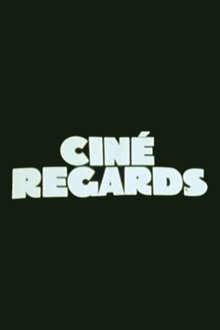
Ciné regards: Tess: Roman Polanski (1979)
Television documentary about the making of Roman Polanski's 1979 film, Tess.
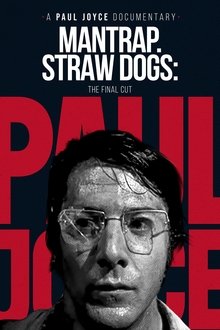
Mantrap – Straw Dogs: The Final Cut (2003)
Documentary about the making of Sam Peckinpah's 1971 film "Straw Dogs."
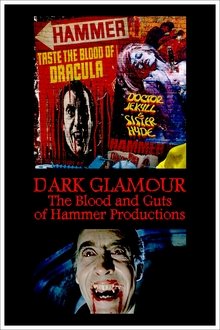
Dark Glamour: The Blood and Guts of Hammer Productions (2017)
The greatness, fall and renaissance of Hammer, the flagship company of British popular cinema, mainly from 1955 to 1968. Tortured women and sadistic monsters populated oppressive scenarios in provocative productions that shocked censorship and disgusted critics but fascinated the public. Movies in which horror was shown in offensive colors: dreadful stories, told without prejudices, that offered fear, blood, sex and stunning performances.
